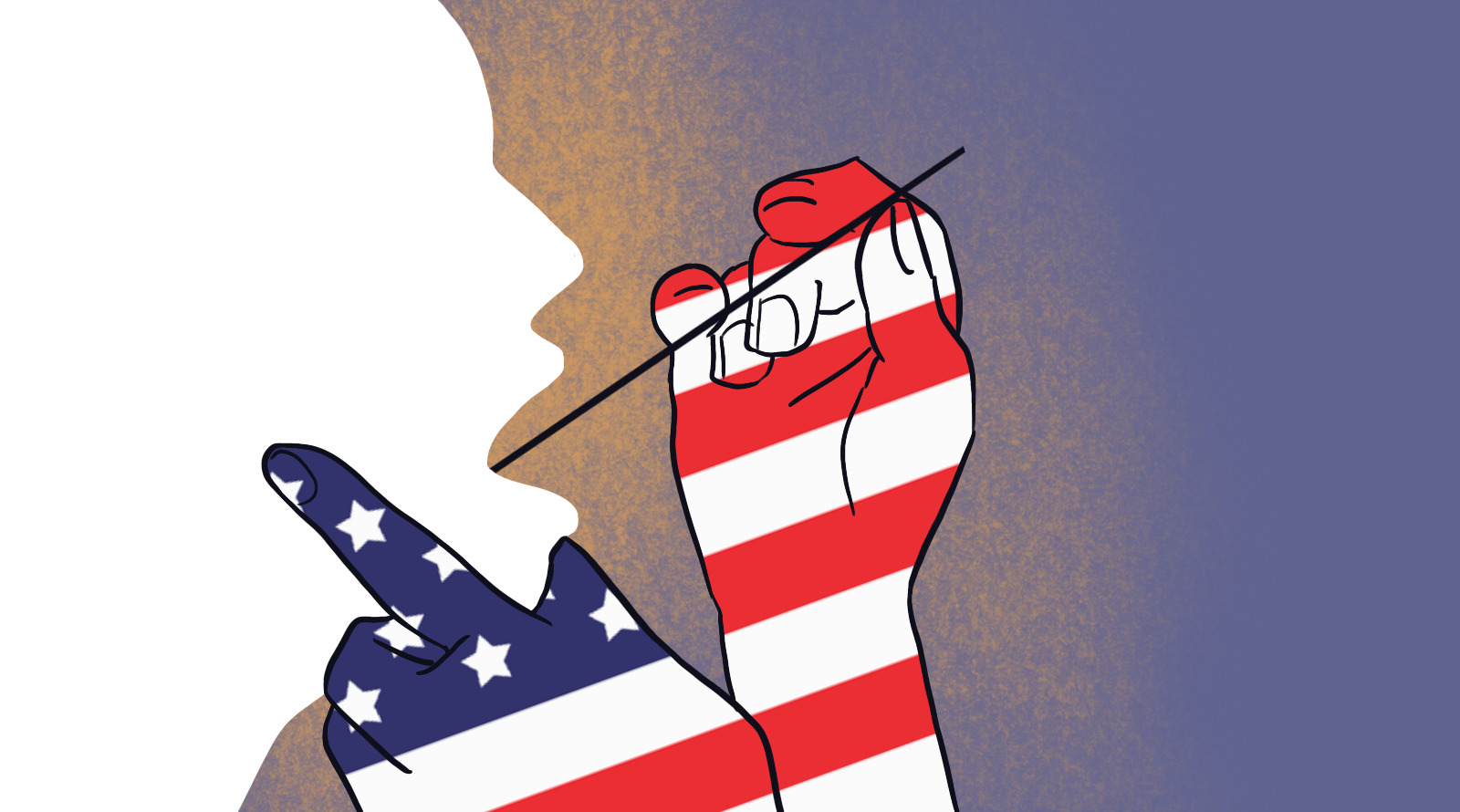CW: mentions of violence against women.
Laws originally designed to target sex workers have historically always been later applied to all kinds of people, which is why we have always been canaries in the coal mine. One egregious example of this is when the United States conflated “promiscuity” with prostitution and aggressively criminalized both, under the guise of “public health.” The Chamberlain-Kahn Act of 1918 intertwined moral panic, sexism, and racial prejudice with concerns about public health. This federal law, passed during World War I, was initially framed as a patriotic effort to protect military personnel from “venereal diseases”, particularly syphilis and gonorrhea. However, the law's implementation, which became known as the American Plan, was used as a tool for social control, disproportionately targeting women, especially women of color and women of lower socioeconomic status. The American Plan did not reduce or mitigate the spread of sexually transmitted infections (STIs) among soldiers or the general public, but it did make it harder for women to travel alone.
Named after Senator George Earle Chamberlain and Representative Julius Kahn, the act reflected the anxieties of the era, combining fears of disease with xenophobia and moral righteousness. Both Chamberlain and Kahn, caught up in the racialized moral panic of their time, promoted the law under the guise of "military preparedness" as the United States entered World War I. The law authorized the military to arrest, test, and detain any woman suspected of “immoral behavior” within five miles of a military base. This was justified as a necessary measure to protect soldiers from venereal diseases, but it quickly became a pretext for widespread abuse.
The scope of the American Plan was vast. Initially focused on areas around military installations, it soon expanded to cover the entire nation. Federal officials pushed every state to pass a “model law” that enabled authorities to forcibly examine anyone "reasonably suspected" of having a sexually transmitted infection. In practice, this law was overwhelmingly enforced against women, who were presumed to be the primary vectors of disease. Women suspected of having an STI could be detained indefinitely until they were deemed noninfectious, with no need for proof of prostitution or immoral behavior.
The United States conflated “promiscuity” with prostitution and aggressively criminalized both, under the guise of “public health.”
The enforcement of the American Plan was brutal and discriminatory. By 1919, thirty states had established facilities to detain and treat women with venereal diseases, and an estimated 30,000 women were detained and examined during the war. Women could be arrested for behaviors as innocuous as dining alone in a restaurant or walking down the street in a manner that seemed suspicious to local authorities. Particularly targeted were women of color, who were often portrayed as inherently immoral and intent on infecting soldiers. The racialized aspect of this enforcement highlighted the deep-seated prejudices that underpinned the American Plan.
Inside these detention facilities, women were subjected to horrific conditions. Those who tested positive for STIs were often treated with mercury and arsenic-based drugs, the common treatments of the time, which were both toxic and largely ineffective. Women who resisted or failed to show the expected deference were beaten, doused with cold water, or thrown into solitary confinement. Some were even sterilized without their consent, a practice that reflected the eugenicist thinking prevalent in that era.
The American Plan was not only a gross violation of women's rights but also a failure in public health terms. The law’s focus on detaining and treating women, rather than addressing the broader context of STI transmission, meant that it did little to reduce the rates of infection among soldiers or the general population. The assumption that women, particularly those involved in sex work, were the primary vectors of disease ignored the reality that STIs are transmitted through sexual activity involving both men and women, and that soldiers were as likely to contract diseases from non-commercial sexual encounters.
Moreover, the stigmatization and public shaming of women under the American Plan had devastating long-term consequences. Many women were unjustly targeted based on rumors, malicious accusations, or simply being in the wrong place at the wrong time. The invasive medical procedures, combined with the indefinite periods of confinement, left many with lifelong trauma and social stigma. Some women were even infected with STIs during their forced examinations, as doctors often failed to clean speculums between patients.
The racialized aspect of this enforcement highlighted the deep-seated prejudices that underpinned the American Plan.
The American Plan’s focus on women as the source of STIs was not only scientifically flawed but also deeply sexist. The vague standard of "reasonable suspicion" allowed for the arbitrary detention of women, often based on nothing more than a man’s subjective judgment. This system of control and punishment reinforced harmful stereotypes about women, particularly those who were perceived as sexually liberated or independent.
It wasn’t until the 1940s, when penicillin was discovered as an effective treatment for syphilis and gonorrhea, that the medical rationale for the American Plan began to lose its grip. However, the legacy of the plan’s enforcement, and the broader societal attitudes it reflected, persisted for decades. The program, which operated into the 1970s in some areas, left a lasting impact on the lives of many women, and serves as a stark reminder of the dangers of allowing fear and prejudice to dictate public health policy.
In retrospect, the American Plan is a cautionary tale about the consequences of criminalizing sex or contagious infections. It highlights the importance of approaching public health initiatives with compassion, scientific rigor, and respect for individual rights. The plan’s failure to effectively control STIs, coupled with its devastating impact on women’s lives, underscores the need for evidence-based policies that prioritize dignity and individual rights. We must remain vigilant against policies that, under the guise of protection, perpetuate discrimination and injustice. It’s critical that we listen to sex workers, who know how to keep ourselves safer and are motivated to protect ourselves from STIs. With access to information, medically accurate testing and treatment (none of which was available in 1917), we can and will take measures to reduce the risk of infection. Broadly criminalizing consensual sex, even sex where money is exchanged, has never meaningfully reduced STI transmission and never will.





